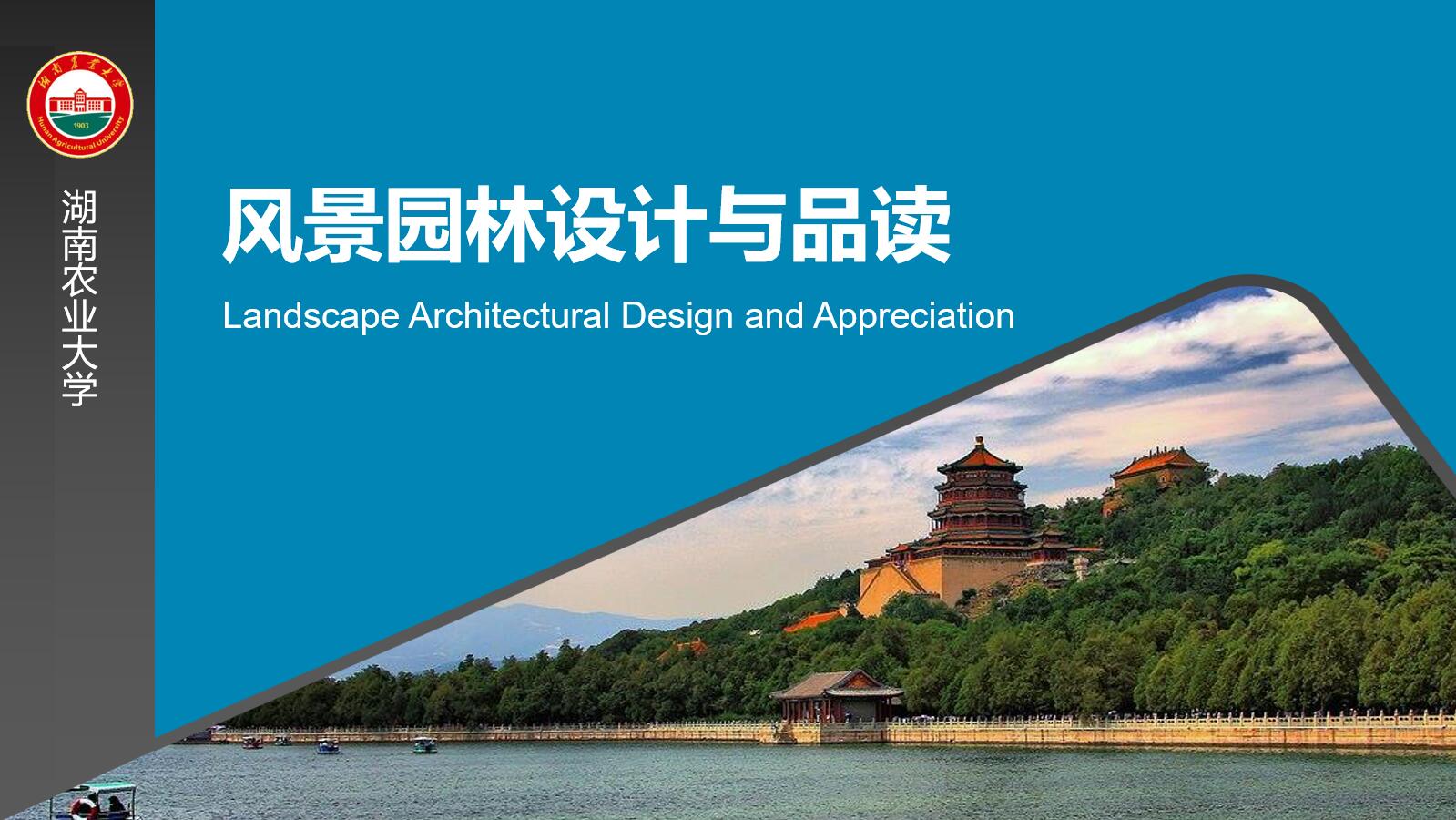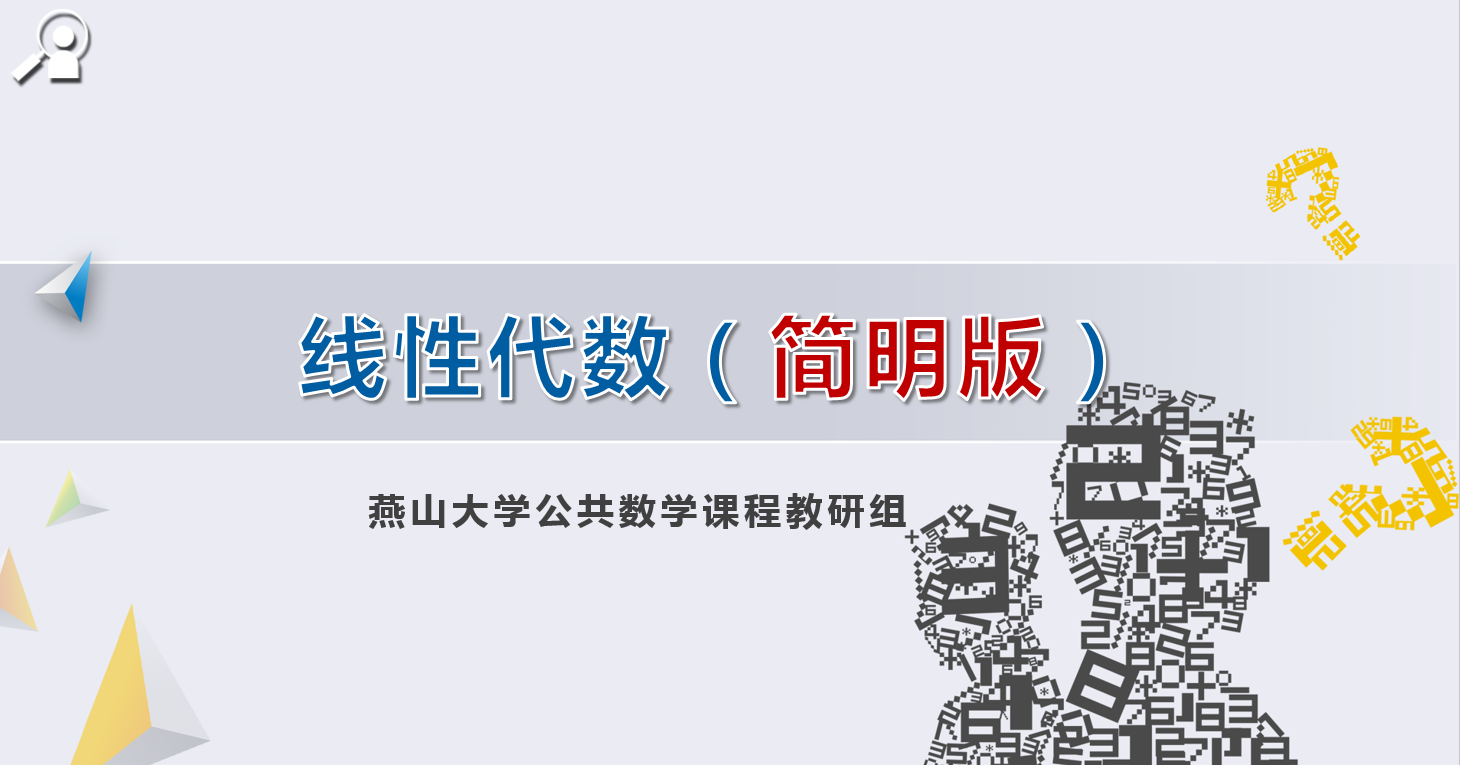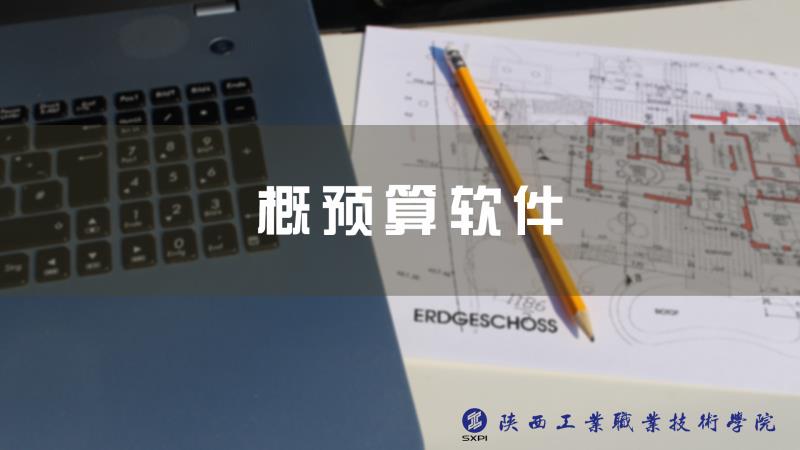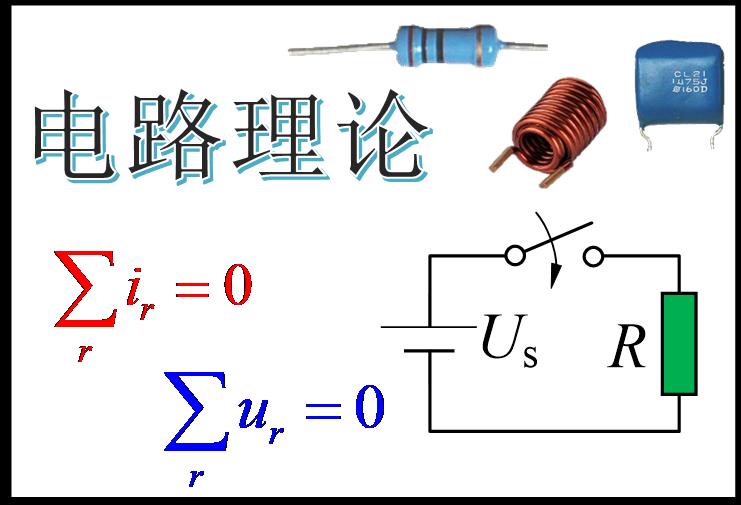
当前课程知识点:国际新闻比较与分析 > 第三章 Media Systems (媒介体系) > 3.1 Authoritarian and Libertarian Theories of the Press (媒体的威权主义与自由主义理论) > 3.1 Authoritarian and Libertarian Theories of the Press
大家好 欢迎回到课堂
很高兴再次见到你
我想以一句引言作为这节课的开场白
它来自媒体社会学家沃伦·布雷德
Breed曾经写道
理想情况下 无论是(新闻)控制
或政策都不会有问题
唯一的控制是事件
以及记者描述事件的有效能力
好吧
我们都知道这是不可能的理想状态
介质不能在真空中运行
我们上一节课
关注的是新闻的影响层级
我们了解到在实践层面
有很多因素 特别是限制性因素
在媒体组织内部和外部
对新闻施加影响
在本节我们将研究这些限制因素
从媒体系统的角度来看
通过这样做 我们将尝试了解
一个社会的政府和政治文化如何在很大程度上影响
他们的媒体和新闻的视野
我们将主要讨论学术界两种经典的方法
用于研究世界上的媒体系统
一种是经典的 传媒的四种理论
写于半个多世纪以前
另一个是更现代的
比较媒体系统研究
在新千年出版
在接下来的两节课中
我们将讨论传媒的四种理论
传媒的四种理论
可能是最早 也是最著名的
试图对
现代世界大众媒体和政治力量的关系
进行一般性澄清的尝试
主要思想在一本小册子中提出
1956年由伊利诺伊大学出版社出版
内容不长
大约只有150页
相对容易阅读
但是它功能强大且影响很大
这本书是三位作者的共同努力
Frederick Siebert Theodore Peterson和Wilbur Schramm
他们所有人
终其一生都是政治传播领域的先驱
特别是
威尔伯·施拉姆被认为是
传播学的奠基人之一
这本书的目的是要建立并解释
表明传媒立场的四种规范性理论
这些立场与它们的政治环境有关
作者所说的传媒是指
所有大众传播媒体
包括电视 广播和报纸
由于理论层面的原因 在标题中使用这种表达
因为印刷媒体更悠久
并且已经收集了更多关于它们
和大众传播哲学的理论
理论 你可以将其替换为系统
观点 模型或其他类似术语
这本书实际上讨论了
媒体与政府的关系
那么 新闻的四种理论是什么
如书中所述 它们是
威权主义理论
自由主义理论
社会责任理论
以及苏联共产主义理论
让我们一一看一下这四个模型
首先是威权主义模型
这是历史和地理上最普遍的模型
这是历史和地理上最普遍的模型
它为许多社会的新闻系统奠定了基础
它发展于16-17世纪的英格兰
并率先在18世纪的欧洲繁荣起来
在这种模式下
君主制或统治精英
拥有绝对的决定权
来决定什么可以 以及什么不能发布
传媒的作用是成为国家的仆人
它们会实现这一切
通过作为升级国家机器的工具
并帮助实现国家的目的
但是它不应该确定甚至质疑
国家或政府的目标
国家用两种方式控制传媒
直接控制和间接控制
直接控制是国家垄断传媒
通过许可 专利(例如皇家宪章)
许可证或审查制度来确保实现控制
间接控制包括使用国家资金
或补贴来运营媒体
并征收特别的税收 例如印花税
作为一种知识税
来限制媒体的运作
在现代许多社会威权主义模式已经被抛弃了
在现代许多社会威权主义模式已经被抛弃了
但是它继续影响着
几个政府的做法
它们在理论上坚持自由主义原则
第二种模式是自由主义模式
它也被称为新闻自由理论
它在19世纪和20世纪蓬勃发展
在所谓的自由社会中 特别是在美国
根据作者的说法
这依据的是个人
可以自由发布他或她喜欢的任何内容的观点
因此
它与威权主义模式形成直接对比
在自由主义模型中
任何人都有言论自由
媒体不受政府控制或统治
什么内容可以出版
决定权在出版商
他们可能有任何目的
但是 其目的主要是私人利益
宪法保护新闻自由
控制的主要手段是司法制度
传媒的作用是三个词
提供信息 提供娱乐和销售
传媒帮助发现真相
提供思想的自由市场
它还会监督政府
阻止政府越界
并对权力负责
媒体的自由主义理论历史悠久
它与民主的发展
政府的原则
和经济学中的自由企业齐头并行
但是最近几十年来
它受到了许多批评
该理论的一些基本原理
受到了质疑
理性主义和自由市场经济哲学受到抨击
个人的权利受到损害
大多数人的福祉得到了强有力的重视
在这种情况下
替代它的新闻理论应运而生
它们是什么
在下一讲中 我们将继续讨论其他模型
再见
下节课见
-导论 Test
-1.1 Definition of News (新闻的定义)
--1.1 Test
-1.2 General News Values: Timeliness, Impact, Prominence, Proximity (新闻的及时性、影响力、显著性与接近性)
--1.2 General News Values: Timeliness, Impact, Prominence, Proximity
--1.2 General News Values: Timeliness, Impact, Prominence, Proximity
--1.2 Test
-1.3 General News Values: Conflict, Deviance, Currency, Necessity (新闻的冲突性、异常性、话题性与实用性性)
--1.3 General News Values: Conflict, Deviance, Currency, Necessity
--1.3 General News Values: Conflict, Deviance, Currency, Necessity
--1.3 Test
-1.4 Structure and Value of International News (国际新闻的结构与价值)
--1.4 Structure and Value of International News
--1.4 Structure and Value of International News
--1.4 Test
-2.1 Hierarchy of Influences on News (新闻的影响层级)
--2.1 Hierarchy of Influences on News
--2.1 Hierarchy of Influences on News
--2.1 Test
-2.2 Gatekeeping and Personal Influences (新闻把关人与记者个人影响)
--2.2 Gatekeeping and Personal Influences
--2.2 Gatekeeping and Personal Influences
--2.2 Test
-2.3 Media Routines and Organizational Influences (新闻常规与组织影响)
--2.3 Media Routines and Organizational Influences
--2.3 Media Routines and Organizational Influences
--2.3 Test
-2.4 Extra-Media Forces and Ideology (意识形态与组织外影响)
--2.4 Extra-Media Forces and Ideology
--2.4 Extra-Media Forces and Ideology
--2.4 Test
-3.1 Authoritarian and Libertarian Theories of the Press (媒体的威权主义与自由主义理论)
--3.1 Authoritarian and Libertarian Theories of the Press
--3.1 Authoritarian and Libertarian Theories of the Press
--3.1 Test
-3.2 Social Responsibility and Communist Theories of the Press(社会责任与共产主义理论)
--3.2 Social Responsibility and Communist Theories of the Press
--3.2 Social Responsibility and Communist Theories of the Press
--3.2 Test
-3.3 Comparing Media Systems in the West: Three Models (比较媒介体系的三种模式)
--3.3 Comparing Media Systems in the West: Three Models
--3.3 Comparing Media Systems in the West: Three Models
--3.3 Test
-3.4 Comparing Media Systems in the West: Four Dimensions(比较媒介体系的四个维度)
--3.4 Comparing Media Systems in the West: Four Dimensions
--3.4 Comparing Media Systems in the West: Four Dimensions
--3.4 Test
-4.1 State-Owned Media (国有媒体所有制)
--4.1 Test
-4.2. Public-Owned Media (公共媒体所有制)
--4.2 Test
-4.3. Private-Owned Media (私人媒体所有制)
--4.3 Test
-4.4. Concentration of Media Ownership (媒体所有权集中化)
--4.4 Concentration of Media Ownership
--4.4 Concentration of Media Ownership
--4.4 Test
-5.1 Evolution of Foreign Correspondence(驻外报道的历史与起源)
--5.1 Evolution of Foreign Correspondence
--5.1 Evolution of Foreign Correspondence
--5.1 Test
-5.2 The Role of Global News Agencies (全球通讯社与驻外报道)
--5.2 The Role of Global News Agencies
--5.2 The Role of Global News Agencies
--5.2 Test
-5.3 Foreign Correspondence Beyond News Agencies (通讯社之外的驻外报道)
--5.3 Foreign Correspondence Beyond News Agencies
--5.3 Foreign Correspondence Beyond News Agencies
--5.3 Test
-5.4 Foreign Correspondence in the New Millennium(新世纪的驻外报道)
--5.4 Foreign Correspondence in the New Millennium
--5.4 Foreign Correspondence in the New Millennium
--5.4 Test
-6.1 Foreign Correspondents in China(外媒驻华报道)
--6.1 Foreign Correspondents in China
--6.1 Foreign Correspondents in China
--6.1 Test
-6.2 International Journalism in Chinese Media (中国媒体国际报道)
--6.2 International Journalism in Chinese Media
--6.2 International Journalism in Chinese Media
--6.2 Test
-6.3 Chinese Correspondents in Foreign Bureaus (中国媒体驻外记者)
--6.3 Chinese Correspondents in Foreign Bureaus
--6.3 Chinese Correspondents in Foreign Bureaus
--6.3 Test
-7.1 Definition of Geography of News (新闻地理的定义)
--7.1 Definition of Geography of News
--7.1 Definition of Geography of News
--7.1 Test
-7.2 Geography of Foreign News on Global TV(全球电视国际报道的新闻地理)
--7.2 Geography of Foreign News on Global TV
--7.2 Geography of Foreign News on Global TV
--7.2 Test
-7.3 Who Is Interested in China (外国公众对中国新闻的兴趣)
--7.3 Who Is Interested in China
--7.3 Who Is Interested in China
--7.3 Test
-8.1 Determinants of Global News Flow(全球新闻流的决定因素)
--8.1 Determinants of Global News Flow
--8.1 Determinants of Global News Flow
--8.1 Test
-8.2 World System Theory and Global News Flow(世界系统理论与国际新闻流)
--8.2 World System Theory and Global News Flow
--8.2 World System Theory and Global News Flow
--8.2 Test
-8.3 Towards a New World Information and Communication Order(通往新信息传播秩序之路)
--8.3 Towards a New World Information and Communication Order
--8.3 Towards a New World Information and Communication Order
--8.3 Test




